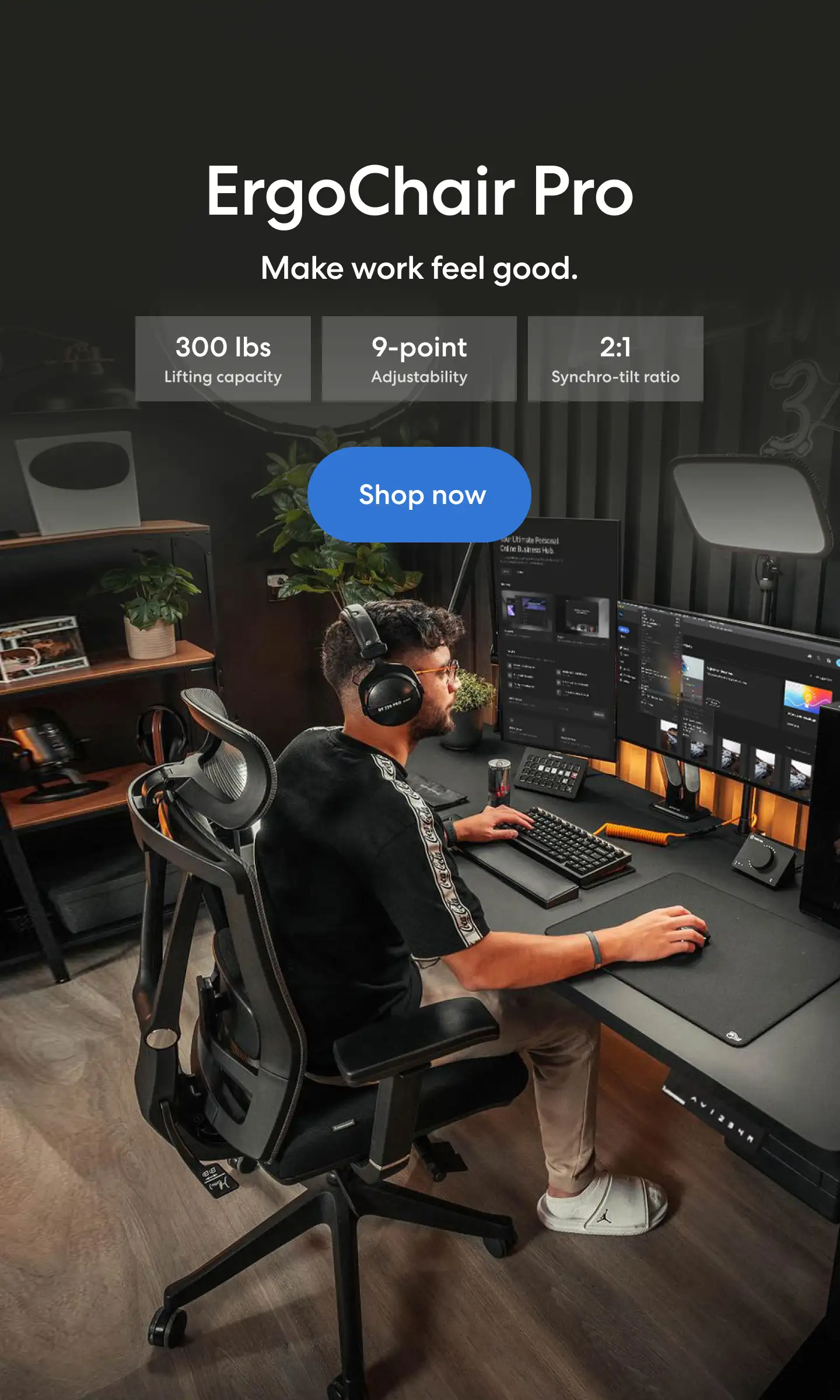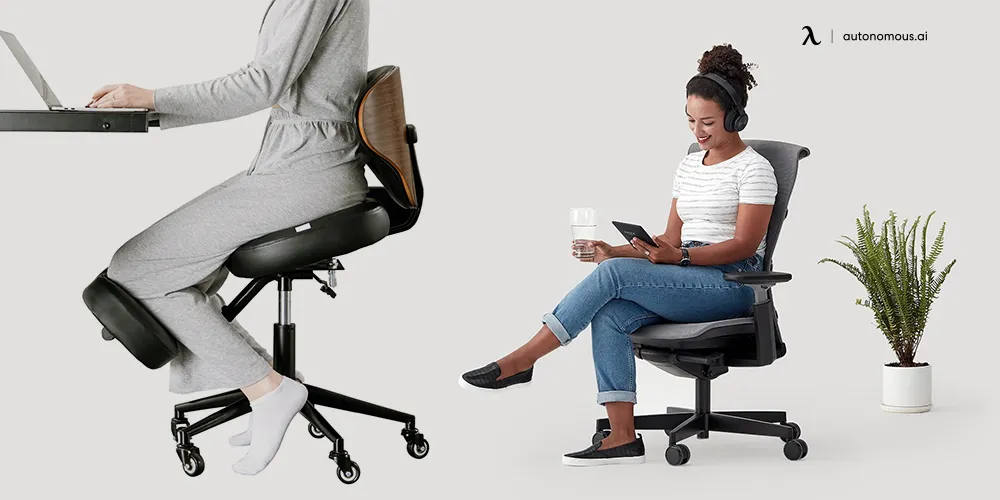
Kneeling vs. Sitting at Office: Which is Better for You?
Table of Contents
Most of us spend hours every day sitting — at desks, in cars, or on the couch. But prolonged sitting has been called the “new smoking” because of its link to back pain, circulation problems, and even reduced energy levels. In response, some people are turning to alternative postures like kneeling. But is kneeling actually better than sitting, or just another short-term fix? Let’s break it down.
How Sitting Affects the Body
Traditional sitting forces the body into a 90-degree hip angle. Over time, this position compresses the hip flexors, rounds the lower spine, and encourages slouching. Circulation slows, muscles switch off, and joints stiffen — leading to discomfort and long-term health issues like chronic back pain or reduced mobility.
What Happens When You Kneel Instead
Kneeling changes the body’s load distribution. Instead of dumping all the weight onto the lower back and hips, some of the pressure shifts to the shins and thighs. The hips tilt forward naturally, which supports the spine’s neutral curve. The open angle in the torso also makes breathing feel easier and encourages core engagement.
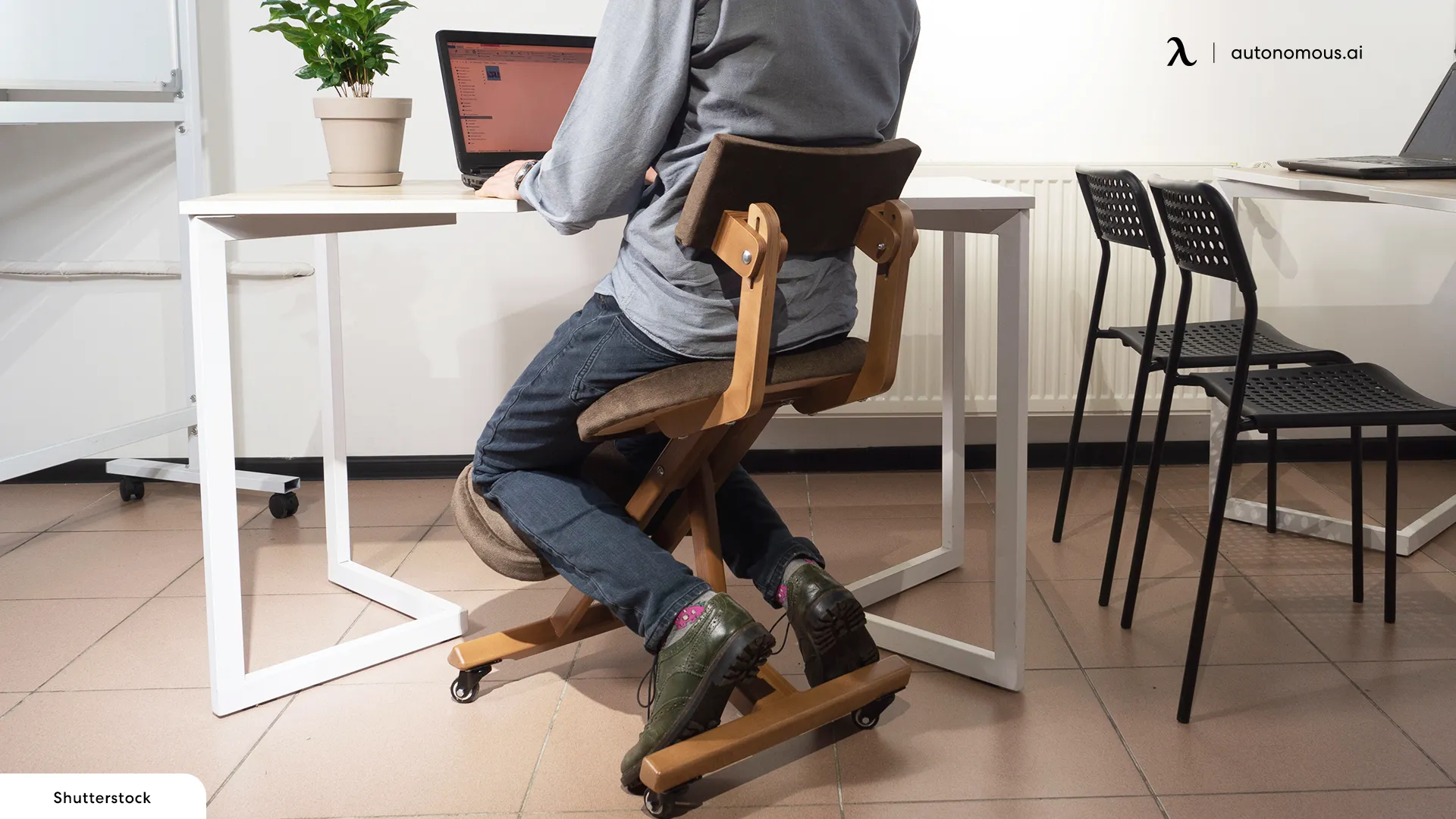
Benefits of Kneeling Over Sitting
- Better posture: Kneeling encourages the spine to remain upright, reducing slouching.
- Lower back relief: Less pressure is placed on the lumbar spine.
- Open diaphragm: Easier breathing and better oxygen flow.
- Core activation: Without back support, the abdominal and back muscles work to keep you stable.
- Improved circulation: Kneeling avoids some of the compression that comes from sitting with bent hips and knees.
For some people, kneeling can even provide temporary relief from the aches caused by long hours of sitting. Exploring a kneeling office chair can make the position more comfortable and practical for daily use. Still, it’s important to understand the kneeling chair pros and cons before making it your main seating choice.
Factor | Kneeling | Sitting |
Posture | Encourages upright spine and open hips | Often leads to slouching and rounded shoulders |
Spinal Pressure | Reduces lumbar strain by tilting pelvis forward | Increases lower back pressure over time |
Core Engagement | Activates abdominal and back muscles for support | Core remains mostly inactive |
Breathing | Opens diaphragm, supports deeper breathing | Compressed torso can restrict airflow |
Circulation | Better than sitting, but shin pressure may build | Reduced blood flow in hips and legs |
Comfort Over Time | Can cause knee/shin discomfort with long use | Feels comfortable at first, but leads to stiffness |
Best Use | Short sessions, posture training, variety with other positions | Long sessions with breaks, when paired with ergonomic support |
When Kneeling Works Best
Kneeling works best as part of a movement-based routine rather than a full-time replacement for sitting. Short work sessions — like reading, writing, or answering emails — can be comfortable and posture-friendly in a kneeling position. Alternating between kneeling, sitting, and standing throughout the day gives your body the variety it needs to stay healthy.
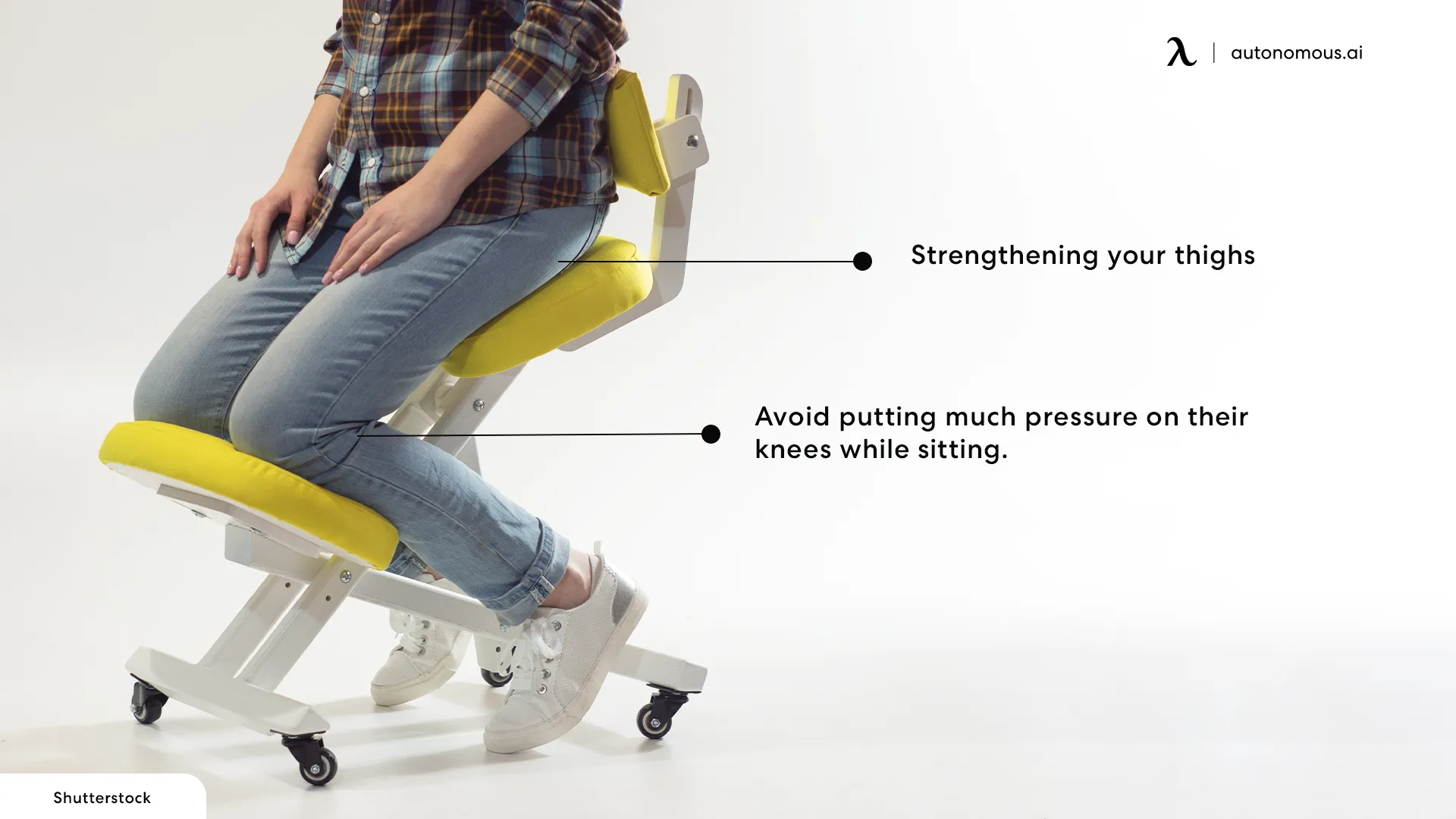
Healthy Sitting Alternatives (Beyond Kneeling)
While kneeling can be a useful tool, it’s not the only way to avoid the downsides of sitting. Other options include:
- Standing desks with supportive anti-fatigue mats.
- Stretch breaks every 30–60 minutes to release tension.
- Mobility exercises that target hips, spine, and shoulders.
- Ergonomic chairs or stools that allow posture variation.
The goal isn’t to find one “perfect” posture but to rotate between positions that support your body throughout the day.
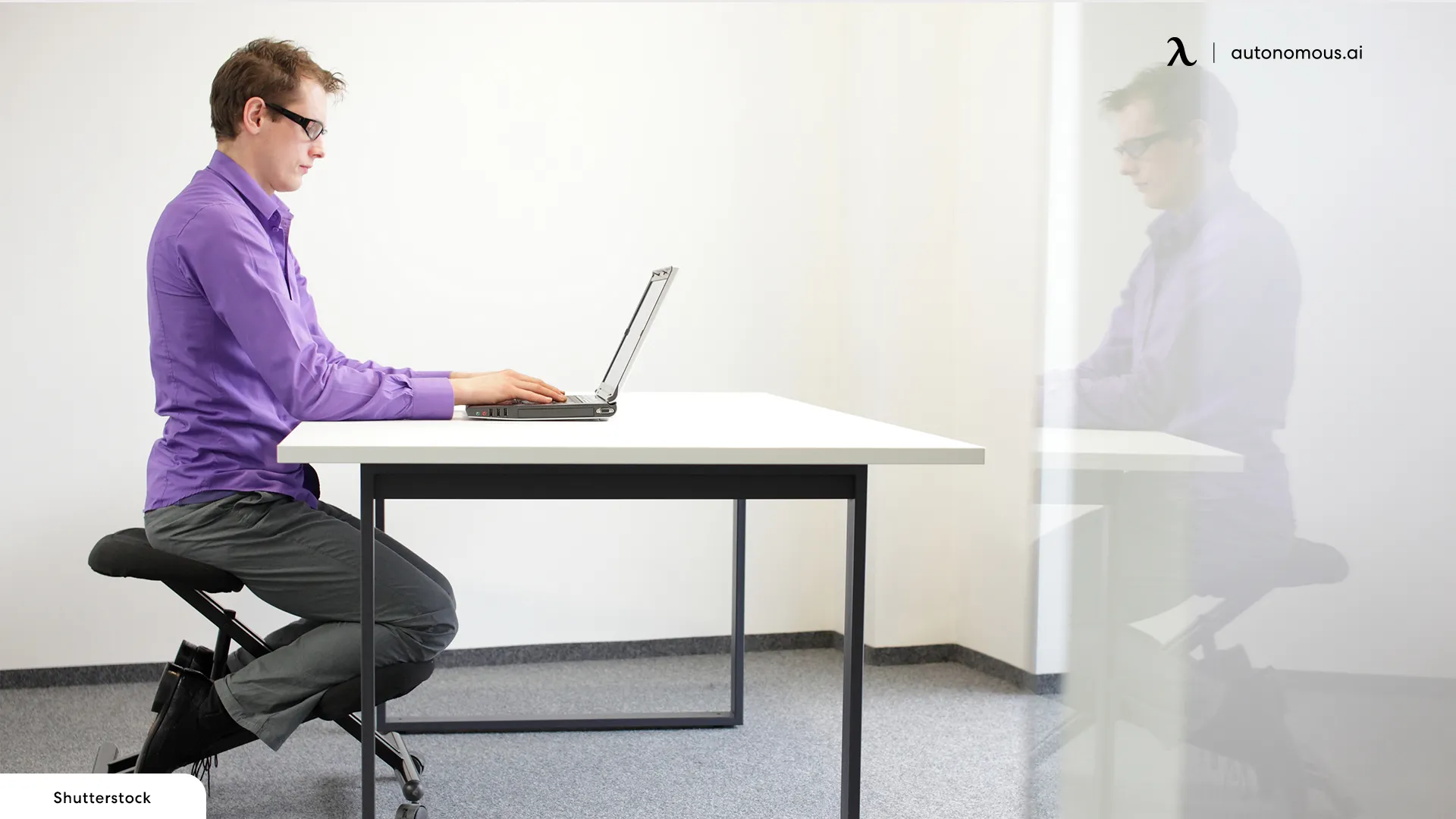
FAQs
Does kneeling burn more calories than sitting?
Yes, kneeling engages the core and burns slightly more energy, but it shouldn’t replace exercise.
Is kneeling bad for your knees long term?
Not necessarily, but it can cause discomfort if used for long stretches without cushioning or breaks.
Can kneeling improve posture permanently?
It can help train your body to stay upright, but long-term posture health requires consistent movement and strength-building.
Should you alternate between kneeling and sitting?
Absolutely. Switching between kneeling, sitting, and standing gives the best balance for comfort and health.
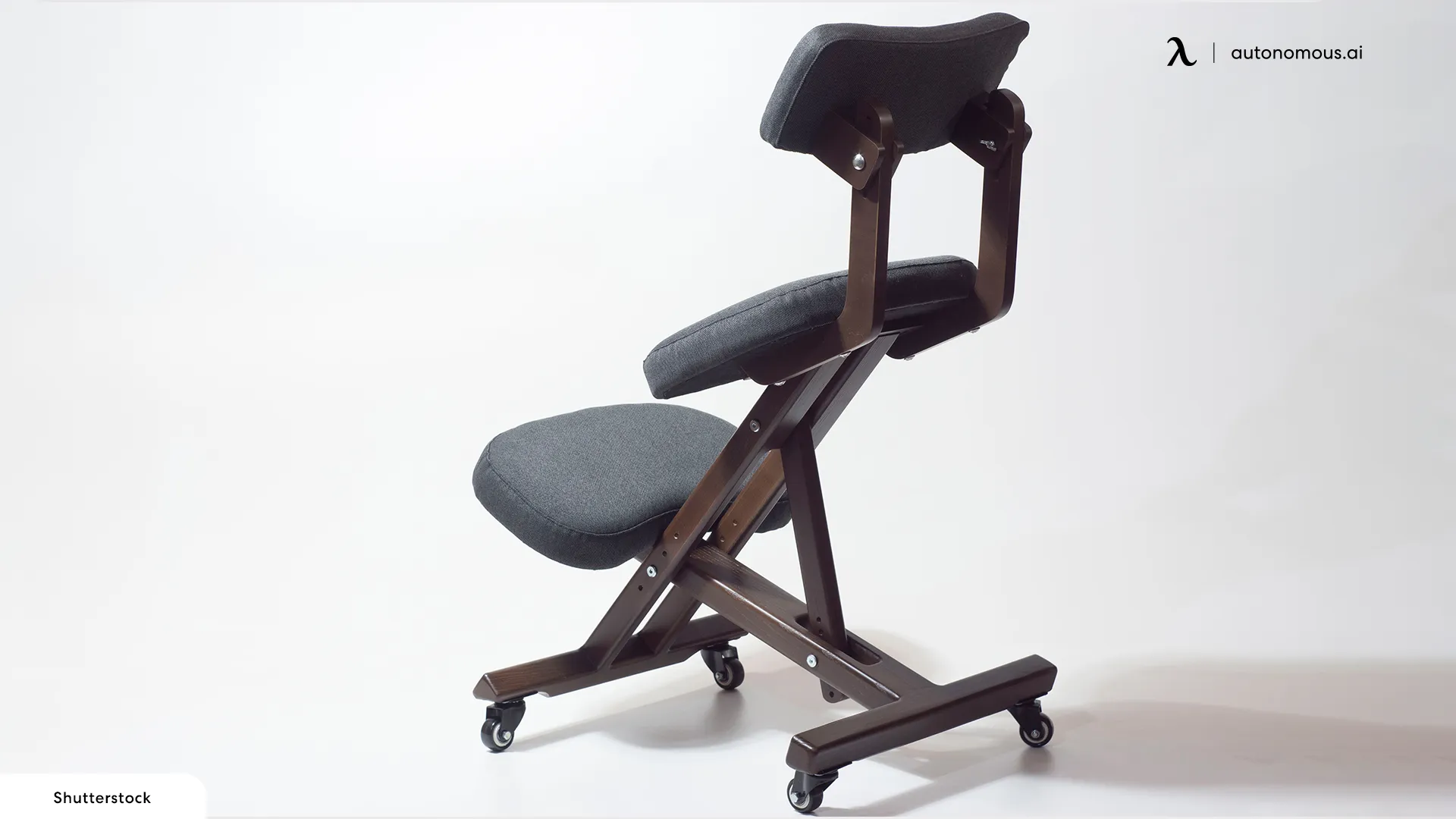
Conclusion
So, is kneeling better than sitting? In many ways, yes — especially when it comes to posture, spinal alignment, and breathing. But it’s not a cure-all. Kneeling for too long can put stress on the knees and shins, and it isn’t practical for every body type or workspace.
The healthiest choice isn’t kneeling or sitting — it’s a combination of postures. Mixing kneeling with sitting, standing, and stretching throughout the day will give you the most long-term comfort and productivity. For some, exploring the differences in a saddle chair vs kneeling chair may provide a clearer idea of what works best. And if knee strain does appear, simple adjustments like learning how to fix knee pain from sitting cross legged can help keep discomfort under control.
.svg)


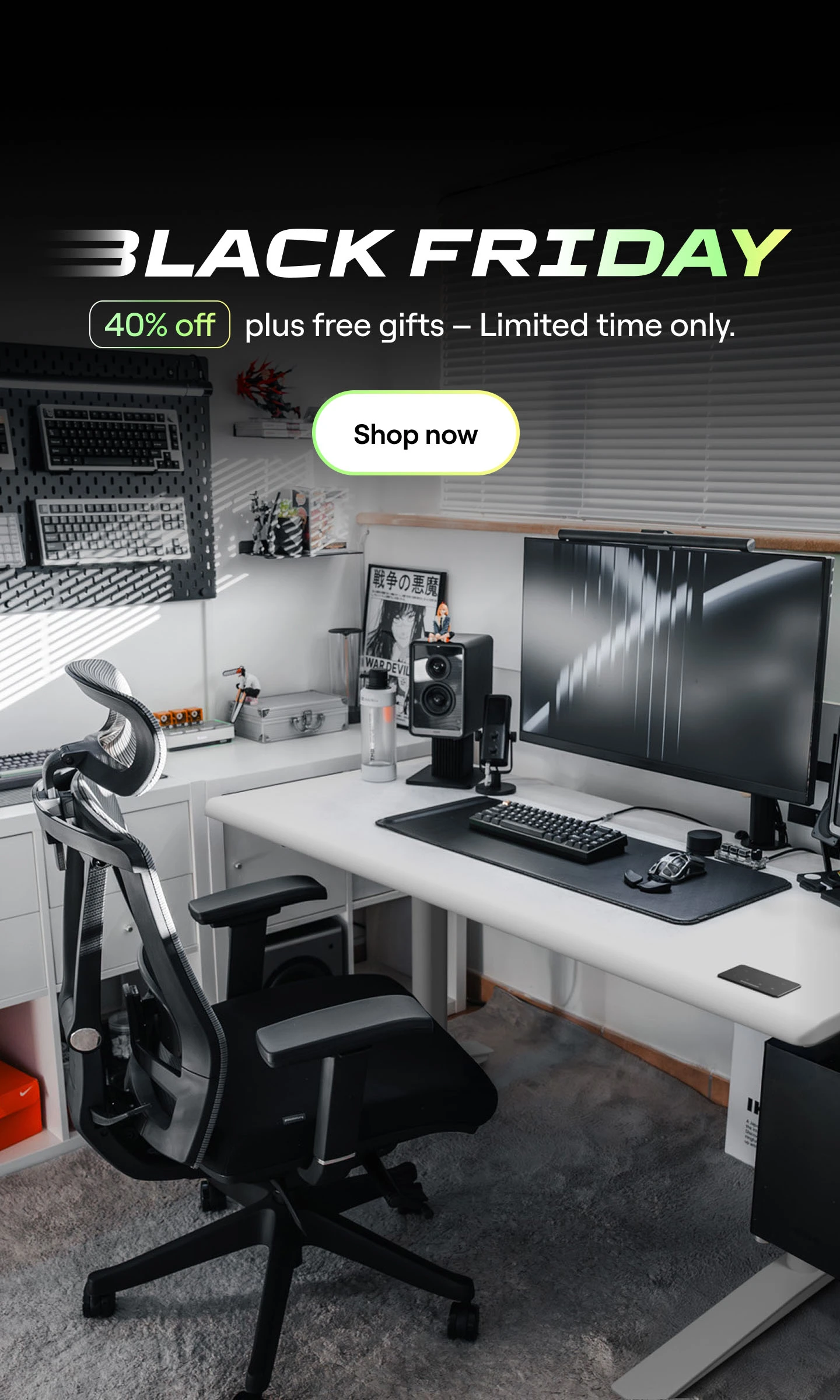
(1).webp)

